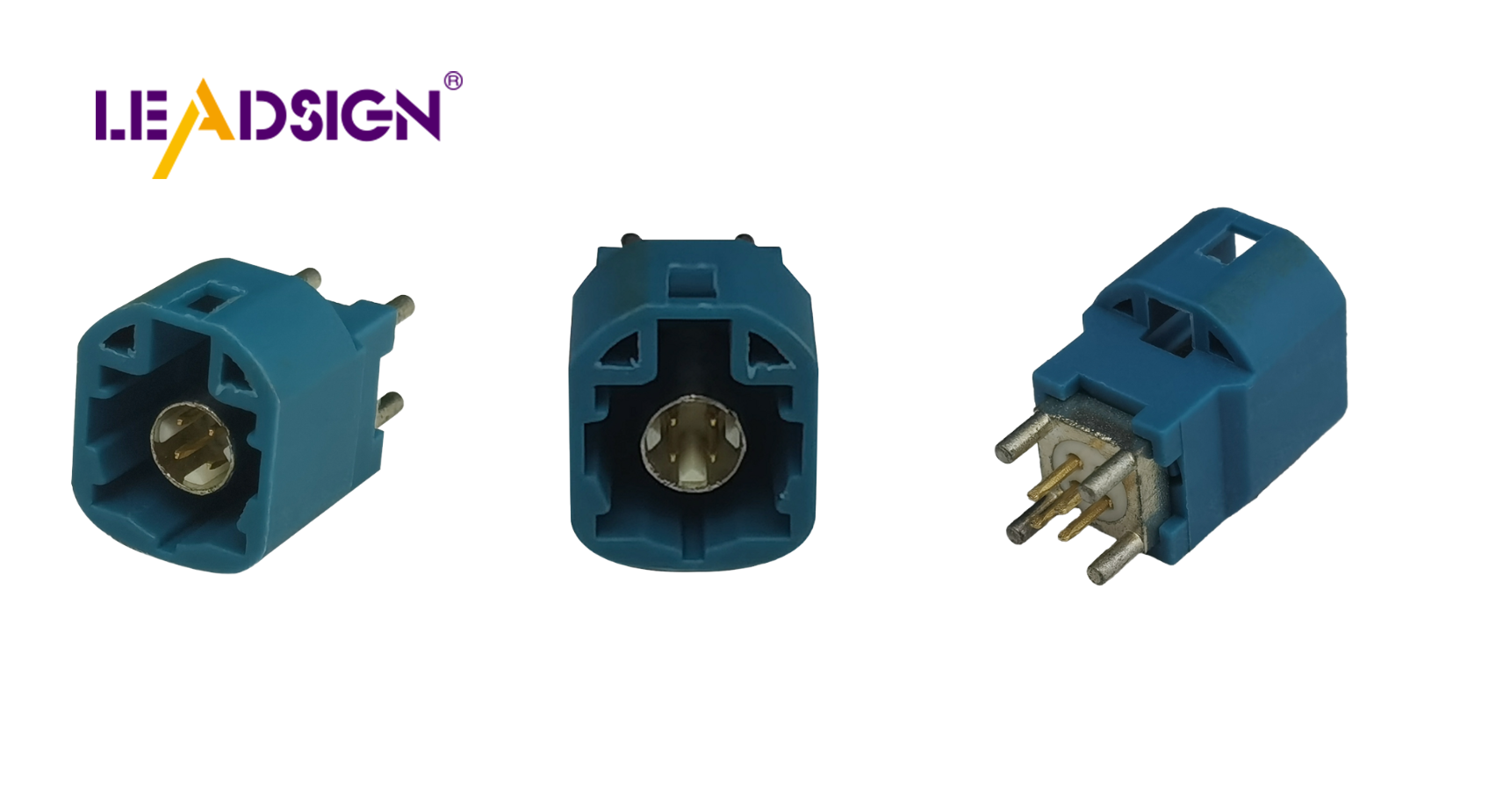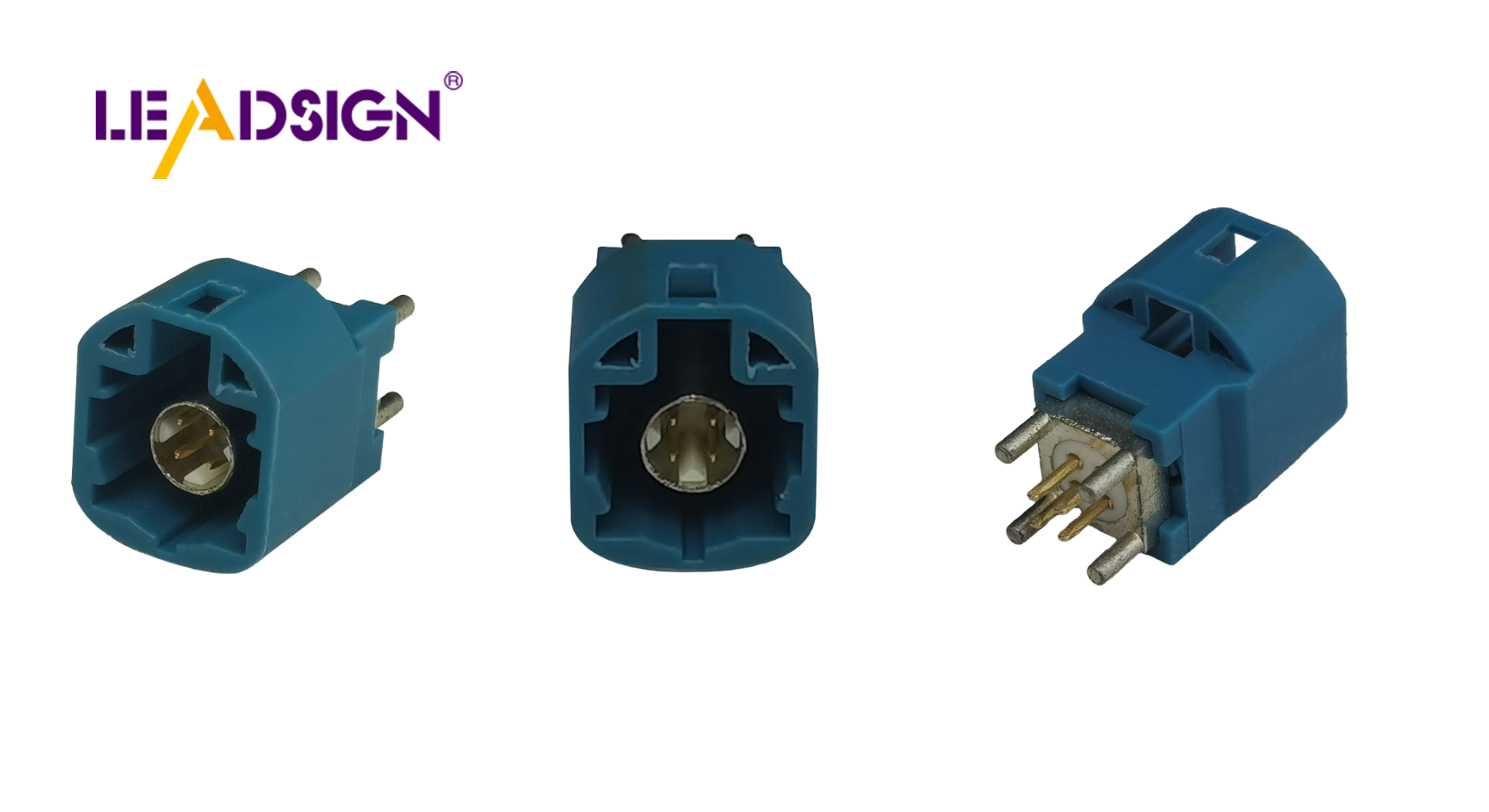Exploring Automotive Wire Connectors Types for Modern Vehicles

Automotive wire connectors are crucial in modern vehicles. They ensure reliable connections for electrical components. These connectors support systems such as lighting, audio, and safety features. Different automotive wire connectors types offer advantages like durability and easy installation. Understanding their role highlights how they enhance vehicle performance and safety.
Understanding Automotive Wire Connectors
Basics of Wire Connectors
Definition and Function
Wire connectors are key parts in cars. They link wires together securely. This helps electricity move between car parts. They make sure systems like lights, music, and safety work well.
Importance in Automotive Systems
In today's cars, wire connectors are very important. They help electrical systems work right. Good connections stop problems from happening. Strong links improve how cars run and keep them safe. They also help car electric parts last longer.
Historical Perspective
Evolution of Wire Connectors
Wire connectors have changed a lot over time. Old ones were simple and not always good. As tech got better, new designs came out. These made connections more reliable in cars. Now, they can handle tough conditions and last long.
Technological Advancements
New technology has changed wire connectors a lot. Modern ones use better materials and designs now. These changes make them stronger and easier to put in place. Some even have waterproof seals or resist heat well now. These upgrades help them fit modern car needs.
Types of Automotive Wire Connectors

Modern cars use different automotive wire connectors to keep electrical parts working well. Each type has special features and uses, helping the car work safely.
Blade Connectors
Features and Applications
Blade Connectors are common in cars because they are easy to use. They have a flat metal piece that fits into a slot for a tight connection. You often find them in lights, radios, and other car electronics. Their design makes them quick to install, so car workers like using them.
Advantages and Disadvantages
Blade connectors have many good points. They stop rusting and keep electricity flowing even in bad weather. They work with many materials, making them useful in different ways. But they might need regular checks to stop wear and rust from hurting their performance.
Butt Connectors
Features and Applications
Butt Connectors join two wires together tightly. They're used in car wiring to connect wires of the same or different sizes. These connectors are great for permanent links, like in light circuits or power systems. They hold wires firmly so they don't come apart easily.
Advantages and Disadvantages
Butt connectors make strong connections that stay safe from losing signals or wrong readings. But if the ends get worn out or rusty, it can cause heat or fires in high-power areas. Checking them often helps avoid these problems.
Ring and Spade Connectors
Features and Applications
Ring Connectors and Spade Connectors are used where strong connections are needed in cars. Ring connectors go on battery ends for good power links. Spade connectors let you disconnect often, like in fuse boxes.
Advantages and Disadvantages
Ring connectors protect against things like salt that can harm battery ends, keeping connections steady. Spade connectors lower wear between surfaces, keeping them from rusting too fast. Both need proper fitting and care for best results.
Other Types of Automotive Wire Connectors
Pigtail Connectors
Pigtail Connectors are important in car wiring. They have a short wire with a connector. This makes it easy to add them to current wires. Mechanics use them to attach new parts or fix broken wires without changing the main wire group.
Features:
Makes connections simple with ready wire ends.
Fits well in small spaces.
Lowers the chance of harming old wires.
Applications:
Used often in lights and sensors.
Great for adding new parts to older cars.
Pigtail connectors make car systems more reliable by keeping connections tight. They stop problems like loose wires that can cause electric issues.
Bullet Connectors
Bullet Connectors are also popular in car wiring. They look like small cylinders and connect quickly. These are used where you need to unplug often.
Features:
Easy plug-in connection.
Fits tightly to stop accidental unplugs.
Works with many wire sizes.
Applications:
Used where regular checks happen, like lights and music systems.
Good for connecting things like GPS or cameras.
Bullet connectors have many benefits. They let you set up or take down fast, perfect for temporary uses. Their shape reduces wear, making them last longer.
Installation Techniques
Tools Needed
Main Tools
You need these tools to install wire connectors:
Wire Strippers: Take off wire covers.
Crimping Tool: Attach connectors to wires tightly.
Screwdriver: Tighten connections.
Extra Tools
These tools make installation easier:
Heat Gun: Shrinks tubing for waterproofing.
Multimeter: Tests electrical links.
Step-by-Step Guide
Getting Ready
Find the Wires: See which wires to connect.
Cut and Strip: Use strippers to remove wire covers.
Pick Connectors: Choose the right connector type.
Making Connections
Put in Wires: Insert stripped ends into the connector.
Crimp Well: Use a tool to secure wires in place.
Add Grease: Keeps water out and stops leaks.
Testing Steps
Check Connections: Ensure they are tight and aligned.
Use Multimeter: Check for good electrical flow, no leaks.
Final Look Over: Make sure all is secure and working well.
Following these steps helps keep car systems safe and lasting longer. Proper setup boosts vehicle performance and life span.
Troubleshooting and Maintenance
Common Problems
Bad Connections
Bad connections can make car systems fail. They might cause lights to flicker or stop working. Loose wires or bad crimping often cause these problems. Fixing them fast keeps cars safe.
Rust and Damage
Rust and damage harm connectors over time. Water and dirt make it worse. Rusty connectors can break the electric flow, causing failures. Checking often helps find these issues early.
Solutions and Tips
Regular Care Advice
Check Often: Look for rust or damage on connectors.
Clean Well: Use a soft brush to clear dirt.
Use Grease: Apply grease to keep water out.
Fixing Methods
Test Links: Use a multimeter to check electric flow.
Tighten Ends: Secure loose wires with tools.
Change Bad Parts: Replace rusty or damaged connectors quickly.
Regular care and good fixing keep car systems working well. These steps improve performance and help parts last longer.
Automotive wire connectors are very important in today's cars. Picking the right ones keeps cars safe and working well. Good choices stop rust, which can mess up electric parts. For instance, using grease helps battery ends last longer by stopping rust. Using good care tips makes things work better for a long time. Checking often and putting them in right keeps everything running well, making driving safer.
See Also
Exploring the Significance of Fakra Connectors in Modern Cars
Uncovering the Advantages of Fakra Connectors in Vehicles
Understanding the Fundamentals of HSD Connectors in Auto Sector
Enhancing Auto Data Transmission: Cutting-Edge Connectors and Cables

